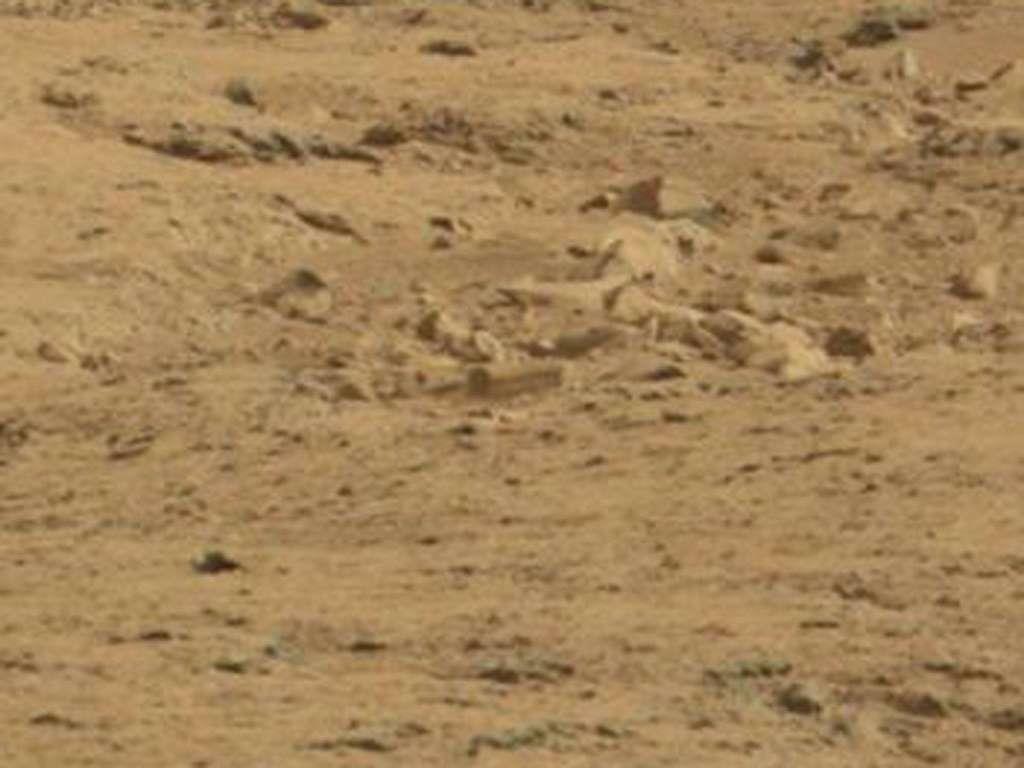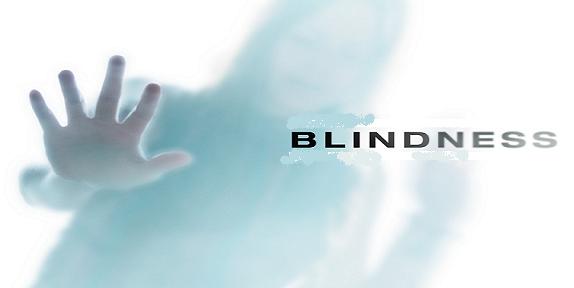December 30, 2014
There could be a mysterious stone coffin on Mars. Or, more likely, it’s just the latest example of pareidolia — seeing faces and other objects in our surroundings.

Nasa The 'coffin', in the centre of the picture
December 30, 2014
There could be a mysterious stone coffin on Mars. Or, more likely, it’s just the latest example of pareidolia — seeing faces and other objects in our surroundings.

Nasa The 'coffin', in the centre of the picture
The phenomenon refers not only to seeing things in objects, but spotting something significant in anything random. That includes hearing messages on records that aren’t there — and also common space-based sightings like that man in the moon or the Moon rabbit.
Scott Waring, a blogger who writes about examples of suspicious objects in space as well as other conspiracies, said that coffin-shaped rock should be enough to make the Mars rover turn around and go back and investigate.
“Coffins are made to stand the test of time, but this one is made from a stone like substance,” he wrote in a blog post yesterday. “What would it take to get NASA to turn the rover around and examine the contents of this box?
“It looks to be about one meter across and a foot and a half wide and high. Lots of alien species are short, including a species of greys.”
But a look at the larger pictures show just how many potential objects of interested could be spotted in that one photo alone. There are hundreds of rock formations in the shot — any of which could have tumbled in such a way as to look like something else.
The phenomenon is part of our evolutionary heritage, according to some scientists, helping us to detect faces from birth.
Dr Nouchine Hadjikhani told the BBC: "If you take a baby just after a few minutes of life, he will direct his attention toward something that has the general features of a face versus something that has the same elements but in a random order”.
Seeing something significant is almost always a better bet than not doing, in terms of evolution. Early humans unsure of whether a shape in the distance was an animal or just a nicely-formed rock, for example, would have almost always been better choosing the former option and running.
Other scientists say that identifying faces is a very early phenomenon in the process of understanding something. A study in 2009 found that non-face objects are understood at much the same speed as face ones.
If the brain sees something as a face, or other object, early on then that perceptions might stick. That could also explain why drawings that don’t actually look much like faces — four lines assembled in the right way — can be seen as a picture of a person.
The landscape of Mars — rocky but indistinct — has proved particularly fertile ground for object-spotters, and a range of potential objects have been spotted there.
An Obama's look-alike head spotted on Mars pic.twitter.com/T53RUQ09hI
— Rakan Reshwan (@Rakan_Roll) December 3, 2014
Courtesy: Independent
















































































































